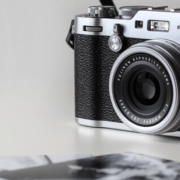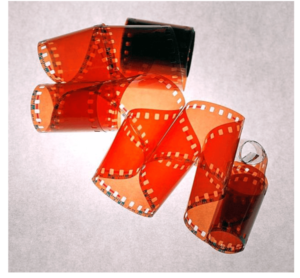Fun with FILM Photography!
/in Film Photography/by Natalie GunnFun with FILM Photography! Trust your local professional lab (that’s us) for film processing.
THE CAMERAS:
The new generation of film photographers are using disposable cameras, SLRs inherited from relatives and newly purchased used models. There is very little in the way of new film cameras being manufactured or innovated, so we are left with almost a “complete” range to choose from. There will be nothing new to look forward to, so the concentration moves from gear to simply producing the best work with that gear as you can.
THE IMAGES:
Film images are known for having their own “look”. Photographers are embracing the diversity of what a particular film can offer depending on the way it is shot, developed, and printed — it’s far beyond the recommended ISO or development chemicals. Many of the factors involved in exposing, developing, and printing are subjective when compared to certain digital manipulation techniques, including most Photoshop uses.
TRUST YOUR LOCAL PRO LAB:
The new photo consumers not only want prints, but they also want their files delivered on digital media AND stored in the cloud. There are lots of processing options for today’s film photographer! Your local photo lab (that’s us) is the perfect destination to learn and experiment with your photography. Not to mention, you’ll have confidence in knowing your film is developed in an authentic lab environment.
DEVELOPING THE FILM:
We love film photography – in fact, it’s where we got our start! When we process a roll of film, each and every negative, slide and film strip is individually analyzed to optimize color, density and sharpness. We even look for and remove dust and debris before printing or scanning. Our experienced production team personally inspects every photo for quality so your prints from film will last a lifetime and beyond. In fact, our archival quality papers will last at least 80 years without fading and discoloration.
IMPROVING YOUR SKILLS:
Film photographers are hungry for knowledge and love stopping in to chat with our team. We’ll help you understand your equipment, expand your skillset and experiment with various processing methods.
What Happened to my film? Troubleshooting Tips.
/in Film Photography/by Natalie Gunn
CONTACT US
F11 PHOTO – BOZEMAN
5 W. Mendenhall Street, Suite #202
Bozeman, MT 59715
Send us a message →
Call us at 406.586.3281
Hours: By Appointment
Get one Here: https://calendly.com/f11photo











